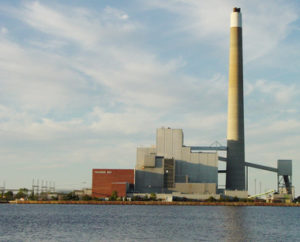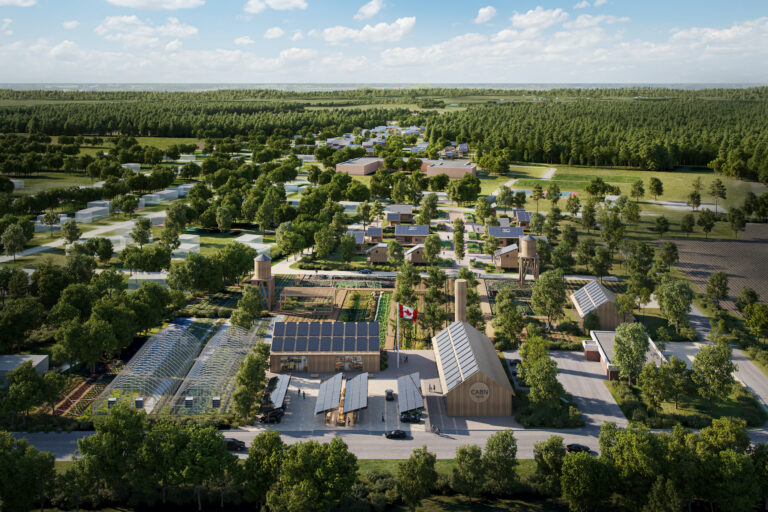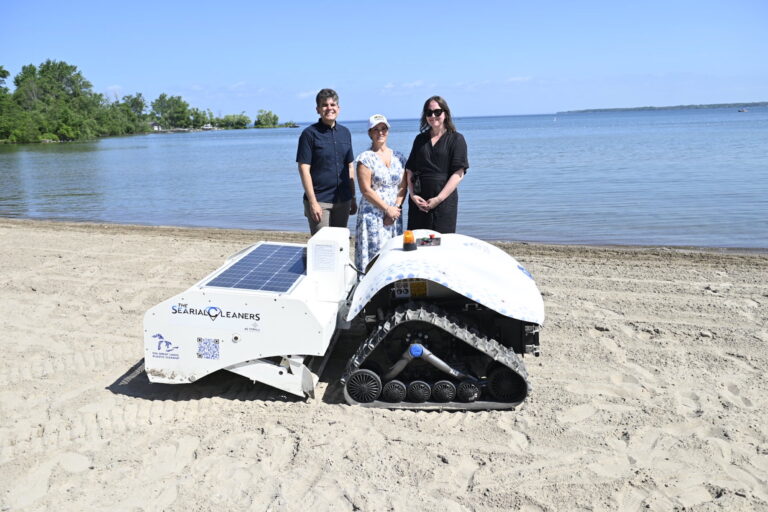Tuesday, July 1, 2025
Cushman and Wakefield, one of Canada’s largest commercial property valuators, recently announced that it is conducting a land study of historic industrial lands in the City of Thunder Bay.
The firm intends to determine if the various brownfield properties can be re-purposed and redeveloped in the city which is located along Lake Superior, in northwestern Ontario. The waterfront area, which includes abandoned grain elevators, sawmills and pulp and paper plants, is the focus of the study.
Doug Murray, the retiring CEO of the Thunder Bay Community Economic Development Commission (CEDC), says there is great potential for these prime spots.
“I think we have a tremendous opportunity to redevelop and re-purpose those lands for things like condominiums, senior living, and active lifestyle residential projects,” Murray told Northern Ontario Business. “But first we have to understand what’s going on with them (environmentally) and how we can better position them so investors feel confident in seeing a return with those types of projects.”
Murray handed the reins of the CEDC over to his successor, Eric Zakrewski, a professional engineer who ran his own environmental consulting firm, on November 18, 2019.
When the study is finished in spring 2020, city staff and council are expected to have comprehensive data on how many brownfield sites exist, the nature and scope of any contamination, and if these sites can be redeveloped or should stay industrial.
The CEDC listed development of a brownfield redevelopment policy among its goals in its strategic plan. According to Zakrewski, he’d like to loosen regulatory red tape to better stimulate brownfield redevelopment.
“Thunder Bay has a tremendous inventory of historical, industrial lands that, I think, can be re-purposed and repackaged for the investment community to help foster critical development that can really boost our economy,” he told Northern Ontario Business. “Look at the industrial areas in Hamilton, Welland and Niagara region. They’ve done pretty well with brownfield redevelopment policies.”

Ontario Power Generation’s Thunder Bay Generating Station.
Photo credit: OPG.
Thunder Bay has been revitalizing portions of its industrial waterfront for the past 50 years. Former commercial piers have seen improvements with a marina, waterfront restaurant, condominiums, and a new hotel as part of the Prince Arthur’s Landing development. Also, plans are underway to install a new art gallery on a demolished, but contaminated, former grain elevator property. One of the largest properties on the market is the former Thunder Bay Generating Station, a 600,000 square foot building and its commercial dock that exists on 131 acres and includes a permit to draw and discharge water.
For further information on the Thunder Bay CEDC’s strategic plan, click here.
For further information on Cushman and Wakefield, click here.











